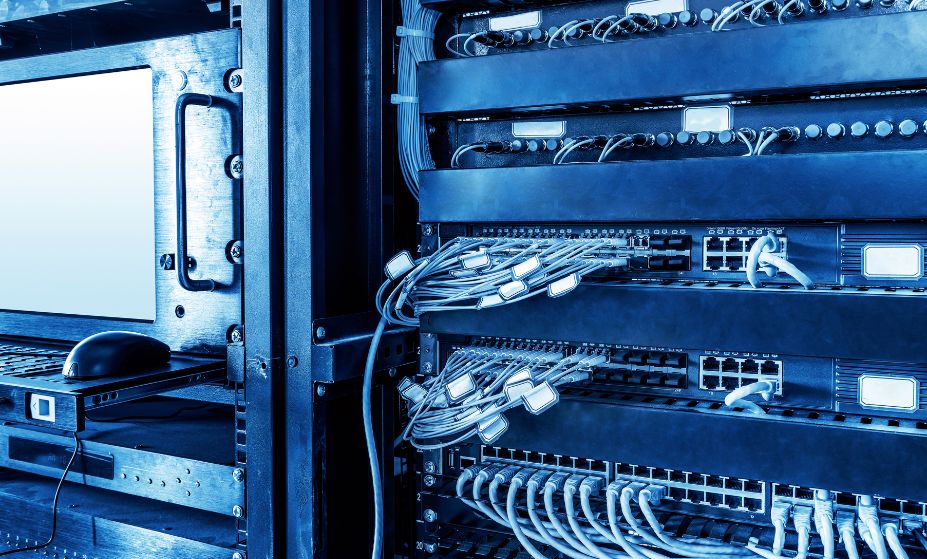If you’re new to the world of web development, you may be wondering how to get started building and hosting your own websites. One of the first steps in this process is setting up a web server. In this article, we’ll provide a beginner’s guide to setting up a web server, including an overview of the different types of servers available and the steps involved in the setup process.
Types of Web Servers
Before we dive into the setup process, it’s important to understand the different types of web servers available. The most common types of web servers include:
- Apache: Apache is an open-source web server that is widely used on the internet. It is known for its reliability, security, and flexibility.
- Nginx: Nginx is another popular open-source web server that is known for its high performance and ability to handle a large number of concurrent connections.
- Microsoft IIS: Microsoft IIS (Internet Information Services) is a proprietary web server developed by Microsoft. It is commonly used on Windows servers and is known for its support for .NET technologies.
- Lighttpd: Lighttpd is a lightweight web server that is designed to be fast and efficient. It is often used on servers with limited resources or in high-traffic environments.
Choosing a Web Server
When it comes to choosing a web server, there are a few factors to consider. The most important thing is to choose a server that meets the needs of your website. For example, if you have a high-traffic website or are hosting a large number of websites, you’ll want to choose a server with strong performance capabilities.
You’ll also want to consider the operating system you’ll be using. If you’re using a Windows operating system, you’ll likely want to choose a server like Microsoft IIS. If you’re using a Linux or Unix-based operating system, you’ll have more options to choose from, including Apache and Nginx.
Setting Up a Web Server
Now that you’ve chosen a web server, it’s time to start the setup process. Here are the basic steps involved in setting up a web server:
- Install the web server software on your computer or server. This will usually involve downloading the software from the developer’s website and following the installation instructions.
- Configure the web server. This will involve setting up the server’s basic settings, such as the server name and IP address, as well as any advanced features you may want to use.
- Set up your domain name. If you want to host your website on a custom domain, you’ll need to register the domain and set up DNS (Domain Name System) records to point to your server.
- Create and configure your website. Once your web server is set up, you’ll need to create your website and configure it to work with the server. This will involve creating the HTML, CSS, and other files that make up your website and uploading them to the server.
- Test your website. Once your website is set up, it’s important to test it to make sure everything is working properly. This will involve accessing your website from a web browser and checking for any errors or issues.
Conclusion
Setting up a web server may seem intimidating at first, but with a little bit of knowledge and patience, it’s a relatively straightforward process. By following the steps outlined in this guide, you’ll be able to get your web server up and running in no time.


